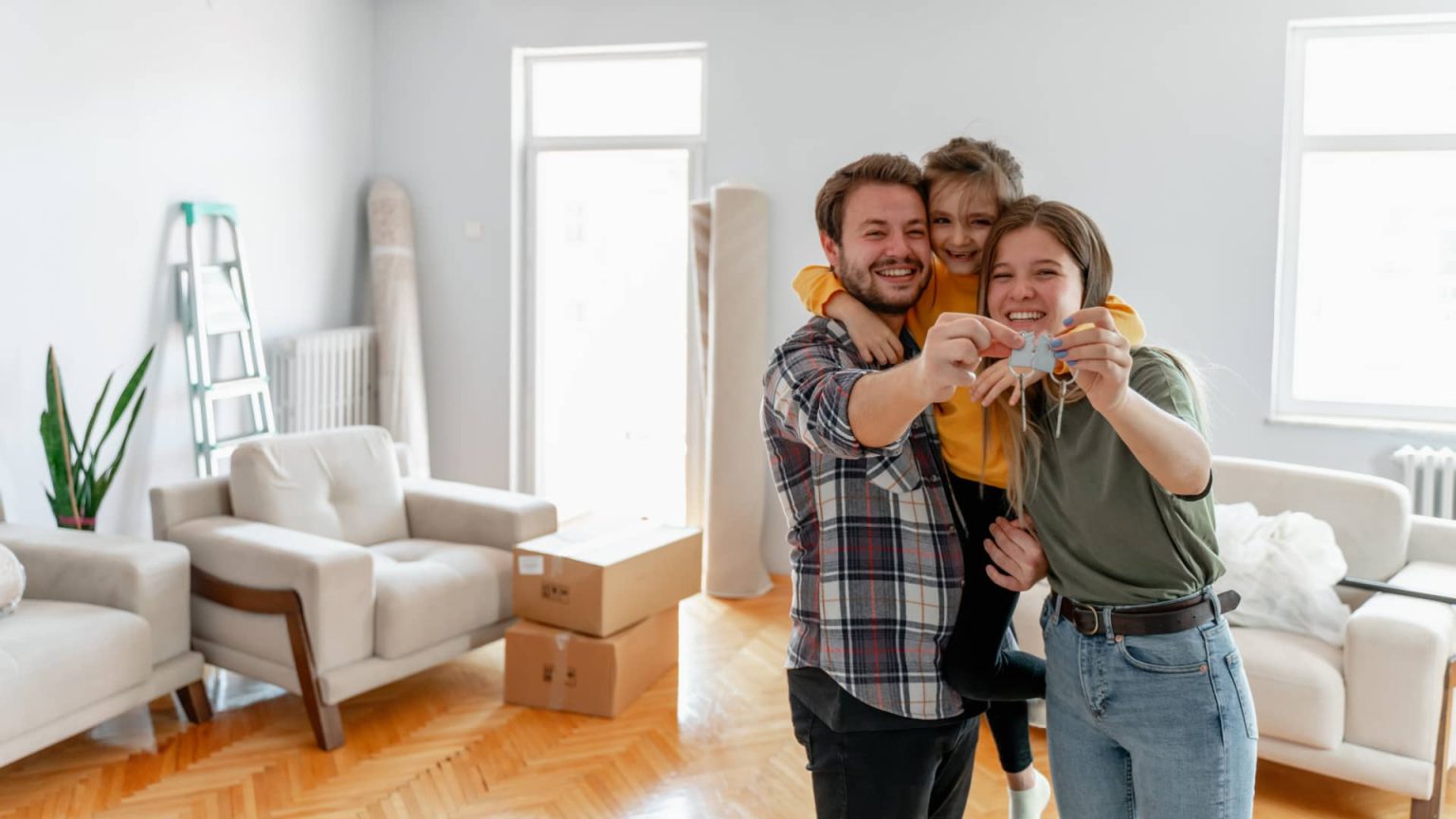Many potential homebuyers have begun saving for a down payment, with 77% of future buyers putting money aside, according to a survey by Clever.com. While over half of these buyers plan to put less than 20% down, it is important to note that this percentage is not a requirement. In fact, the average down payment in the first quarter of the year was 13.6%, up from the previous year. The typical down payment for first-time buyers is 8%, while repeat buyers average 19%.
The conundrum of the housing market lies in the challenge of accumulating a higher down payment to reduce monthly mortgage payments. Close to 40% of Americans who do not own a home cite a lack of savings as the primary reason. Rising home prices have made the 20% down payment goal seem unattainable, but experts agree that nationally, the average down payment is closer to 10-15%. Certain loans and programs, such as VA loans, USDA loans, and FHA loans, offer down payment options as low as 0-3.5% for qualifying buyers.
Although putting down a smaller amount initially can be a way to tackle affordability challenges, there are added costs associated with lower down payments. Borrowing more from a lender to cover the down payment increases the monthly cost of the mortgage, potentially resulting in a higher interest rate. Additionally, buyers who borrow more than 80% of a home’s value may be required to pay for private mortgage insurance (PMI), which can cost between 0.5-1.5% of the loan amount annually.
Buyers may choose to pursue a “piggyback mortgage” to avoid paying for PMI, where they take out a second loan to meet the 20% equity threshold. However, the second loan typically has a higher mortgage rate. While the added costs of smaller down payments are a consideration, there are options available to help buyers achieve homeownership without needing to put down 20%. The average down payment for homes purchased nationally is well below 20%, showcasing that most buyers do not adhere strictly to this guideline.
In conclusionMthe average down payment for homes purchased nationally is well below 20%, showcasing that most buyers are able to purchase a home without adhering strictly to this guideline. With available loans and programs offering down payment options as low as 0-3.5%, aspiring homeowners have various avenues to explore to achieve their goal of purchasing a home. While lower down payments may come with additional costs, such as higher monthly mortgage payments and potential PMI, there are options for buyers to navigate these challenges and become homeowners. By carefully assessing their financial situation and exploring different loan options, buyers can work towards their dream of homeownership without the need for a large down payment.


